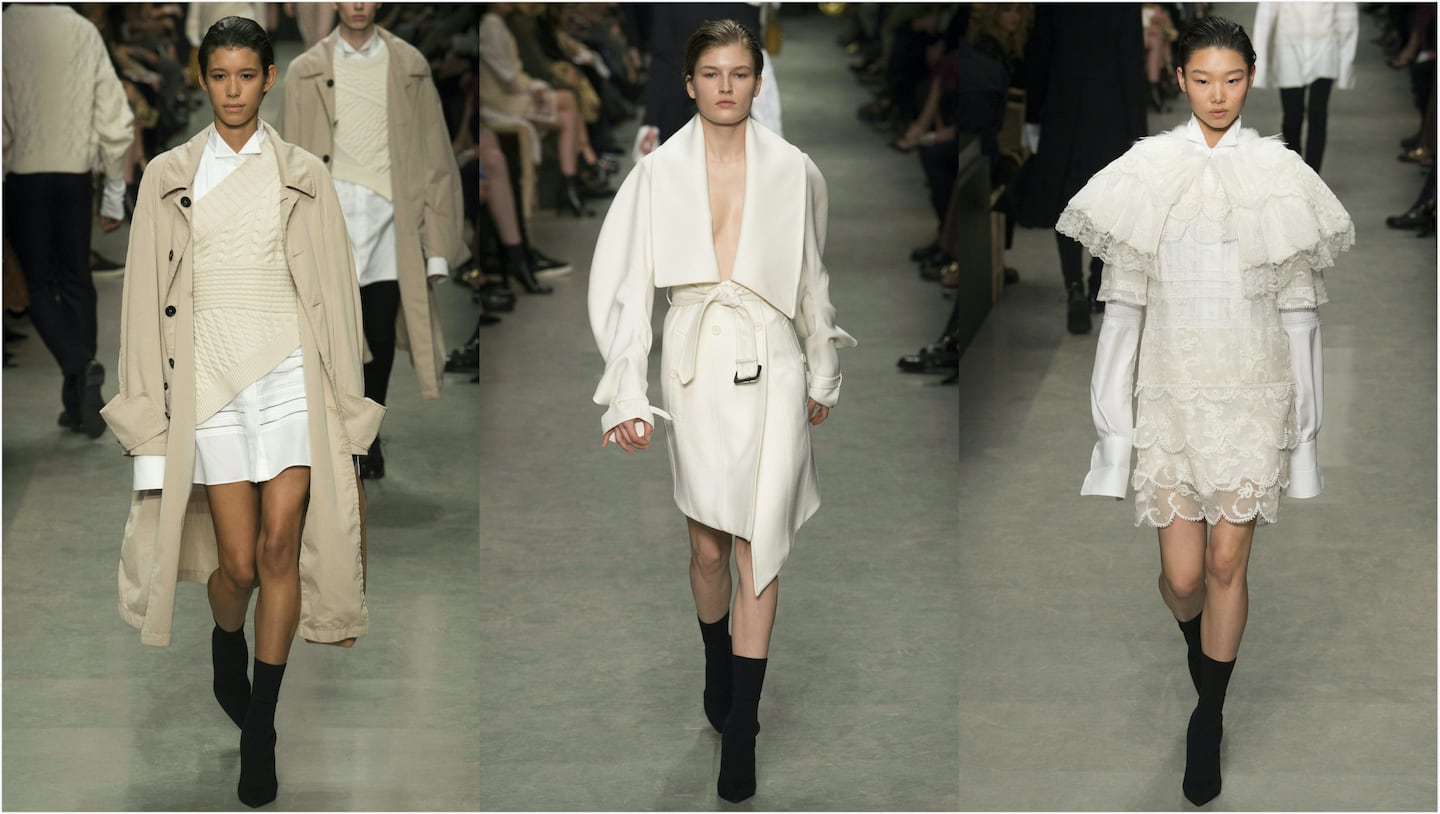
The Business of Fashion
Agenda-setting intelligence, analysis and advice for the global fashion community.

Agenda-setting intelligence, analysis and advice for the global fashion community.

LONDON, United Kingdom — Burberry has competition for its position as the top digital brand in luxury fashion.
While Burberry, closely followed by Louis Vuitton and Gucci, remains the brand that has most successfully integrated its digital offering with physical stores, its advantage over other luxury players in the market is narrowing.
In a report by Exane BNP Paribas, which graded leading luxury brands on digital performance including reach, customer experience and engagement, Dolce & Gabbana, Hugo Boss and Ferragamo are fast closing the gap on luxury fashion's digital leaders.
Of the 32 brands assessed, five companies improved their performance by more than 20 percent year-on-year: Hugo Boss by 28 percent, Dolce & Gabbana by 23 percent, Ferragamo and Michael Kors by 22 percent, and Chanel by 21 percent. These brands, which have traditionally lagged behind in terms of digital performance, have dramatically improved their online presence in the past year, narrowing the gap between those at the top of the report and those in the middle.
ADVERTISEMENT
Exane BNP Paribas calculated the ranking by assessing 18 different criteria including online shopping, delivery and personal services in 2016. Burberry ranked top with a score of 183, while Louis Vuitton was in second place with a score of 174 and Gucci third with 171.
Hugo Boss showed the most improvement, however, rising from a score of 122 in 2015 to 156 in 2016, while Michael Kors rose by 22 percent to its new ranking of 157. Dolce & Gabbana climbed to 138 and Chanel rose to 135.
Overhauled websites drive performance — and they tend to be few and far between.
An additional three companies increased their performance between 10 and 20 percent, with Fendi up 15 percent, Bulgari by 12 percent and Prada by 11 percent.
"Overhauled websites drive performance — and they tend to be few and far between," said Luca Solca, head of luxury goods research at Exane BNP Paribas and one of the authors of the report, who noted that improvements in digital performance had been lumpy.
“We see early signs that digital luxury is defining its standards,” he continued. “Digital luxury performance is up 5 percent year on year… Overall, leaders are still leading but their advantage is narrowing.”
The share of luxury sales that occurs online is set to triple over the next 10 years, from around 6 percent today to 18 percent in 2025, according to McKinsey. This means e-commerce is set to become the world’s third largest luxury market after China and the United States.
But luxury brands are still not up to scratch when it comes to integrating their digital and physical distribution, the so-called “holy grail” of digital luxury, Solca continued. “Luxury companies seem to be focusing on perfecting performance in simpler criteria, such as display visualisation, e-mail proficiency.”
According to the report, 10 companies regressed, including Ralph Lauren which lags behind its competitors by 11 percent, Tiffany was down by 9 percent, Dior was behind at 5 percent and Céline was down by 4 percent.
ADVERTISEMENT
Looking forward, Solca expects to see a vast improvement from Hugo Boss, Prada and particularly LVMH, which is reportedly working on an e-commerce site to unite all of its brands on one platform, expected to launch in May.
“LVMH and [Hugo] Boss should be among those to experience the most important boost from digital performance improvement,” he said. “Prada should also benefit from digital progression, especially if it were to embrace e-commerce outright and did not limit itself to digital as a means of communication.”
Related Articles:
[ The Dark Side of Digital LuxuryOpens in new window ]
[ The Digital IcebergOpens in new window ]
[ As Online Sales Soar, Brands Must Boost Digital InnovationOpens in new window ]
Successful social media acquisitions require keeping both talent and technology in place. Neither is likely to happen in a deal for the Chinese app, writes Dave Lee.
TikTok’s first time sponsoring the glitzy event comes just as the US effectively deemed the company a national security threat under its current ownership, raising complications for Condé Nast and the gala’s other organisers.
BoF Careers provides essential sector insights for fashion's technology and e-commerce professionals this month, to help you decode fashion’s commercial and creative landscape.
The algorithms TikTok relies on for its operations are deemed core to ByteDance overall operations, which would make a sale of the app with algorithms highly unlikely.